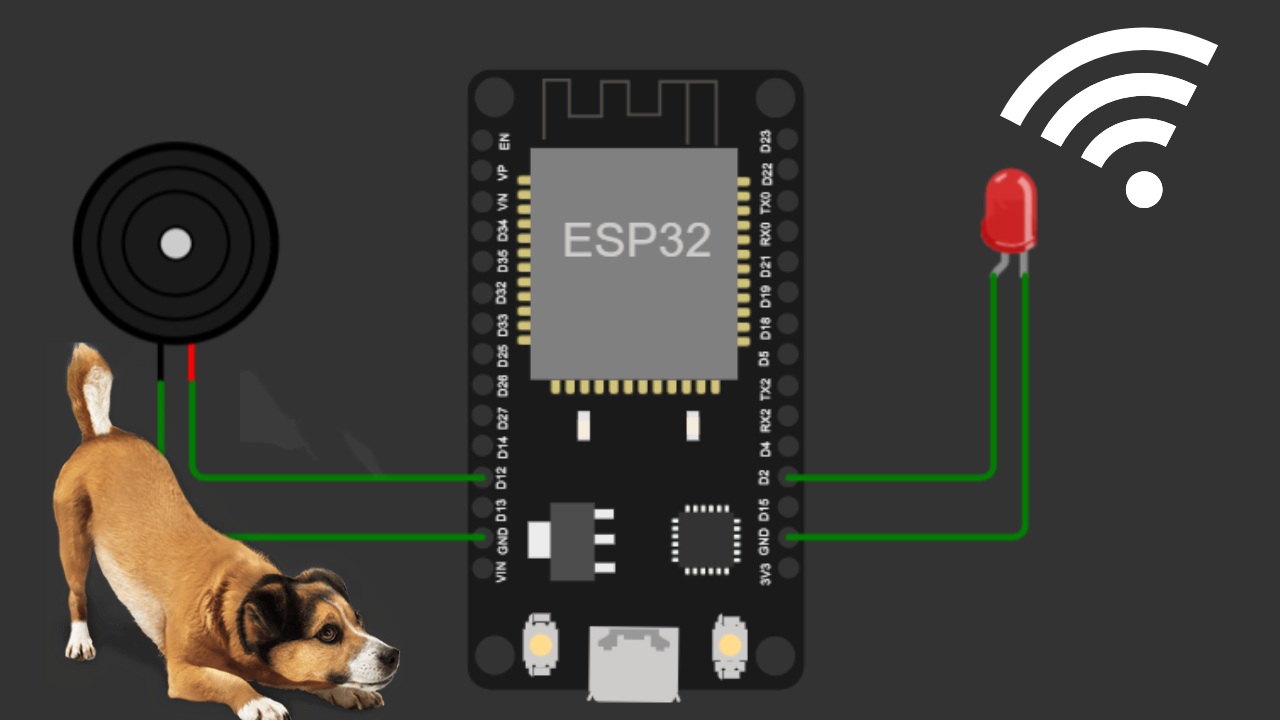
Hello everyone, this is a blog for my entry in the IoT Maker Challenge called the Pet Buzzer. The problem that the project solves is as follows-
Imagine that the user has gone to his/her office/school or for any other work that needs immediate attendance, and the user has left his/her pet at home. Now pets, especially dogs, get anxious when their owners don’t return home after some time. This may not seem like a big problem at first but over time it can impact the pet’s mental health. Enter the Pet Buzzer.
The main principle is that the user has his/her phone when the user goes out, the Pet Buzzer makes it possible to use the phone like a remote control for the buzzer using an app called Blynk. The user can trigger the alarm to let the pet know that they are about to reach home. What it does is that it sends a signal which the ESP32 chip picks up using Wi-Fi. The chip then uses that signal as the trigger to its alarm. After a few days of this practice, the pet will begin to understand that the user comes home just some time after the buzzer beeps, and thus, when the buzzer beeps, the user is about to return home.
The components consist of an ESP32 chip, a buzzer, and an LED, and it is a relatively simple project. It is still in its early stages though and is just a working digital simulation in Wokwi. But the code is completely ready, and it is divided into 3 broad sections.
Another part of the project but not necessarily part of the code are the libraries which have been installed.
This is a simple project which is not very scientific, but the scientific concept of Radio Waves and how they are applied in Wi-Fi is heavily used here. Other than that, thank you for your time. Below are the links given for the project and the corresponding video. I hope you like the video and the project. (It would be better to watch the video first as a demonstration of how it works and you can check out the project to see the code).